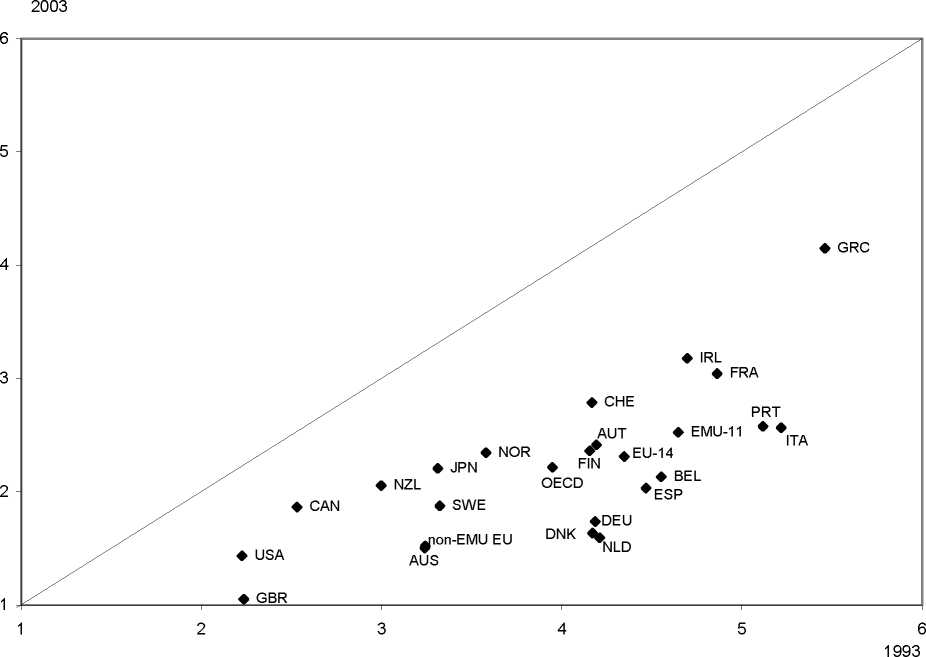Figure 10. Evolution of the OECD indicator of product market regulation in
non-manufacturing industries,* 1994-2003

*: the indicator of regulation in non-manufacturing industries is scaled from 0 (most liberal) to 6 (most restrictive).
The broader OECD indicator (not reported here) covering both manufacturing and non-manufacturing industries is
described in Conway et al. (2005).
EU-14 denotes EU-15 minus Luxembourg.
4. Regression analysis
The well-known limitations of descriptive analysis such as that undertaken above point to
the need for more comprehensive work. In this section, multivariate analysis is used to explore the
driving factors of the structural policy reforms which have been carried out in OECD countries
over the past two decades. Consistent with the rest of the paper, the analysis focuses on labour and
- to a lesser extent - product markets. The modelling makes heavy use of OECD indicators of
institutional arrangements and, in contrast with Section 3, restricts itself to major reforms as
opposed to small ones. This emphasis facilitates the estimation of (non-linear) models of
qualitative choice, which in theory should be more suitable than linear econometrics for the
analysis of the decision to undertake a structural reform.
188
More intriguing information
1. The name is absent2. The name is absent
3. Großhandel: Steigende Umsätze und schwungvolle Investitionsdynamik
4. A Note on Productivity Change in European Co-operative Banks: The Luenberger Indicator Approach
5. Weak and strong sustainability indicators, and regional environmental resources
6. The name is absent
7. New Evidence on the Puzzles. Results from Agnostic Identification on Monetary Policy and Exchange Rates.
8. Personal Experience: A Most Vicious and Limited Circle!? On the Role of Entrepreneurial Experience for Firm Survival
9. The name is absent
10. Commitment devices, opportunity windows, and institution building in Central Asia